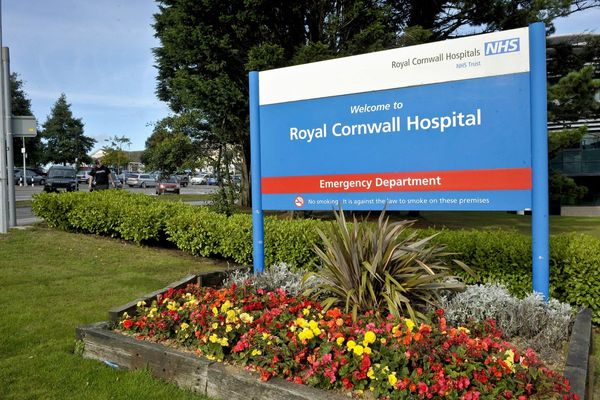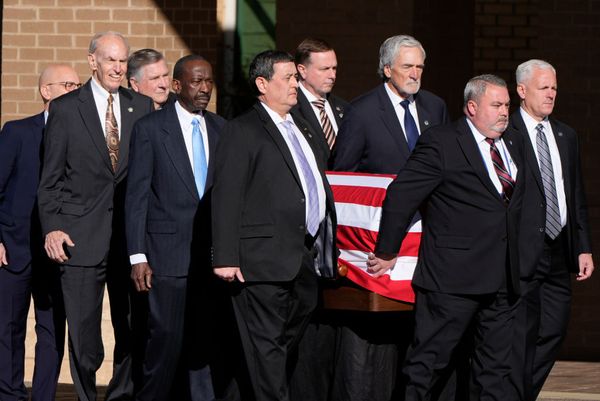Opinions are divided amongst Ngarigo custodians, whose traditional lands occupy Kosciuszko National Park, about a proposal to manage wild horses in the NSW high country.
Time is running out to give feedback on the draft plan to reduce brumby numbers to 3,000 by June 2027, with public submissions open until Tuesday November 2.
The draft proposes to retain brumbies in 32 per cent of the park, with excess horses which are unable to be rehomed taken to slaughter, shot or euthanased.
University of Sydney Professor and Ngarigo woman Jakelin Troy wants zero horses in the park, but as a horse lover herself she can appreciate why the issue has caused so much debate.
"I think it's really important that the high country, the Snowy Mountains, is free of feral everything," she said.
The draft plan claims wild horses are a key threat to native plants and animals, citing scientific evidence which shows an "abundance" of "hard hooved animals" is damaging the alpine and sub-alpine environment.
The most recent survey found there were more than 14,000 brumbies in the park,
But some don't agree, believing the numbers to be much lower after the Black Summer bushfires.
"They're only plucking numbers out of mid-air," says Andrew Wilesmith, who is a member of the Ngarigo Nation Indigenous Corporation and the Snowy Mountains Bush Users Group.
"They should be controlled and we understand that, and we agree with that. But in order to do that, we have to come to a reasonably accurate figure."
Horse sanctuary
Mr Wilesmith says 4,000 is a sustainable population target, but he wants every horse removed from the park to be rehomed, not killed.
He suggests a sanctuary or reserve managed by traditional owners could be established to control the horses.
"If we had a sanctuary on country of approximately 40,000 acres people with horse handling experience, in association with the Ngarigo Nation, can handle these horses from the ground, up to a stage where they can be put on a float ... and they can be rehomed," Mr Wilesmith said.
Professor Troy supports elements of the idea, conceding it's unlikely the brumby population will be reduced to zero.
"I think we could manage them really well but I don't think within the park is a good idea," she said.
"I think it would be much better to have them somewhere that is currently grazing country.
"It is a compromise. A very small number of horses is better than the very large numbers we've got now."
Striking a balance
A wild-horse management plan was attempted in 2016, but then NSW Nationals leader John Barilaro opposed it and prevented it from being implemented.
Instead, in 2018 he introduced the Wild Horse Heritage Act, which protects the animals.
A survey released in January 2021 revitalised the NSW government's commitment to reduce horses in the park.
Speaking at a Budget Estimates Hearing last week, NSW Environment Minister Matt Kean said the draft Kosciuszko National Park Wild Horse Heritage Management Plan, and the figure of 3,000, was trying to strike a balance.
"It's the number that we could land on that brought those people who care about these horses, and those people who love that natural environment, together," he said.
NSW Shadow Environment Minister Penny Sharpe said an initial draft plan suggested 600 horses be left in the park.
She says 3,000 is a significant departure from that, but the draft plan as it stands is a good start.
"It's disappointing that we're not using science to decide these matters," she said.
"But there's a commitment to reduce horses in the park and that's very important."
Calls for more time
Public comment on the draft plan has been open for a month, but some say more time is needed.
"I think it's taken the minister 270 odd days to deliver the draft management plan and he only gave the people 30 days to consult on it," Mr Wilesmith said.
"Six months of consultation would have been better," Professor Troy said.







